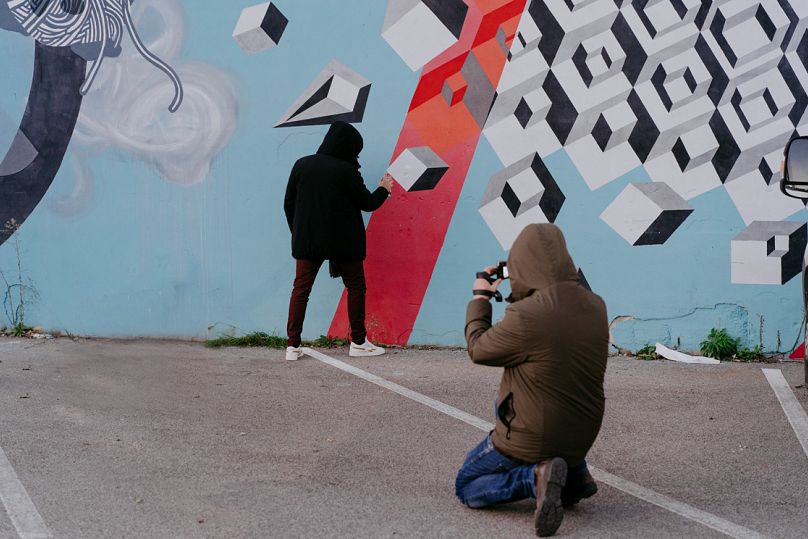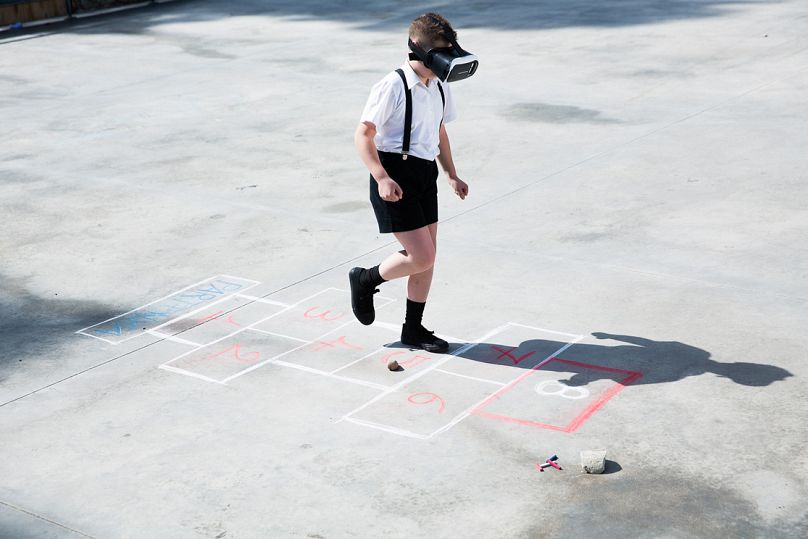In January, thousands of citizens of Italy’s Basilicata region gathered in a unique location to celebrate an historic occasion through music — which reverberated around adjacent tuff rock. Marching bands played Beethoven’s Ode to Joy — infusing life into what was, decades ago, an abandoned quarry on the outskirts of town.
That town, Matera — famous for the 9,000-year-old cave dwellings of its Sassi — is enjoying a moment in the sun as a European Capital of Culture. The aforementioned meeting point — appropriately named Cava del Sole (‘Quarry of the Sun’) – is where the Matera 2019 festivities kicked off.
The Cava is central to Matera’s origin story. Workers carved out the quarry, which dates back to the 18th century, through blood, sweat and tears. The resulting blocks of tuff became the building materials for Matera’s monuments and stone homes.
However, in the 1950s, with Matera in a state of disrepair, residents were relocated to nearby modern housing, and the Cava del Sole was eventually left behind.
But it takes a village, and Materans are resilient villagers. In the 1980s, its artisans, along with young creative Italians, reclaimed and revived their lost cave city. Today, it is emblematic of a Neolithic-meets-Digital Age Renaissance.
The Cava del Sole went through a revamp too, in the lead-up to Matera 2019. It now includes such modern features as a 7,000-capacity outdoor entertainment arena, and a modern conference hall.
As visitors from all over the world have poured into these and other exhibition sites throughout 2019, the Southern Italian village has become a global village.
Atelier of the World
Just as the ancient stone town was re-shaped at the hands of forward-thinking creatives, artists from all over the world are playing a big role in the last few months of this landmark year, as initiatives see them paired with local Basilicata communities for Matera Residencies 2019.
Residents open their doors to visiting creators, ushering in an unforgettable cultural exchange. Artists get a chance to experience regional tradition and hospitality. In turn, they teach locals new skills and share their own visions of Matera via their work.
Another such programme, Gardentopia injects inventive energy into forgotten exurban zones. There, on the edges of towns, global creators, landscape designers and the community collaborate to literally and figuratively cultivate a ‘greener Basilicata’ through vegetable and flower gardens.
And as part of Altofest, townspeople are welcoming international artists into their homes, where live audiences can enjoy contemporary art performances. Taking place between 4 November and 8 December, the programme’s theme is ‘Living in the Future’.
Similarly casting a gaze ahead.. to 2024, Feldkirch, a contender for that year’s European Capital of Culture designation, is partnering with Matera on the Pulverturm Artist Residency Project.
Its aim is to establish a network of creators from both locales by inviting artists from Matera and the Basilicata to stay in the Austrian city starting in 2020. Continuing for several years, the initiative features a distinct theme each year, with the first being figurative art.
Plotera Weeks - Plovdiv and Matera Together For an Open Future
In the meantime, the current European culture capitals, Matera and Plovdiv, are culminating a blockbuster year with their own joint projects — bridging the 1,000 km which separate the Italian town from the Bulgarian city.
Among them is another international artists’ residency. European Eyes on Japan is a decades-long programme which brings European photographers to Japan to chronicle the lives of its citizens — particularly those living in rural and marginalised areas. The resulting images can be seen in publications, as well as exhibitions in Japan and the European Capitals of Culture.
This year, photographers Alessia Rollo from Matera and Vladimir Pekov from Plovdiv were chosen to participate. Their work was on display this summer in Matera’s 11th century Church of Santa Maria de Armenis, and shows again in Plovdiv between 21 October and 27 November. The exhibition heads to Japan in 2020.
The European Capitals of Culture continue to explore the theme of cast-aside quarters in the Fusion Urban Games Festival (between 31 October through 10 November).
Curious visitors and residents can take to the streets, parks, deserted spaces and intriguing undergrounds of Matera and Plovdiv for games which inspire players to delve into issues like our relationships to cities and technology, and what it means to live in urban peripheries during the mobility era.
Back to Where it All Began
The sun will begin to set on Matera 2019 with the Festival of Open Culture, taking place at various citywide locations starting 7 December and running through 20 December, the date of the year’s official closing festivities.
The events are expected to draw visionary creators and big thinkers for a synergy of ideas, music, design, literature, theatre and cinema.
At the closing ceremony, guests will gather in the spot where it all started, where steel meets stone: The Cava del Sole. As Italian and European musicians perform, images which tell the story of the town’s 12 months as a European culture capital, will be projected onto walls,— with the whole spectacle broadcasting live.
But looking back also means looking forward. Matera has now cemented its legacy as a key international destination for inclusive cultural projects co-created by artists and residents — together: global villagers.
This citizenry should also include immigrants from the Mediterranean and beyond, insists Paolo Verri, Director of the Matera-Basilicata 2019 Foundation. His words echo the sentiment which likely inspired European experts to select the town for their 2019 designation: “If not the capital of culture, Matera was already the appointed capital of hospitality.”
The opening of Matera 2019 was of course punctuated by a classical anthem. In a similar spirit, its conclusion on 20 December will showcase the shift from analog to digital sounds — using music to drive home another poignant message. Like Matera, any community can grow and evolve when global villagers come together to re-imagine an old culture through a new lens.
Matera 2019’s Festival of Open Culture - Highlights
• A Start-up is Born: spotlight on fresh projects/businesses launched in 2019
• Matera 3019: a multimedia ‘play’ in which a future world is imagined by Italian and European youngsters
• Deep Dive Into Digitisation: through educational activities organised in collaboration with major players in communication and digital technology
• Passing of the torch to 2020 European Capitals of Culture: Galway, Ireland and Rijeka, Croatia





